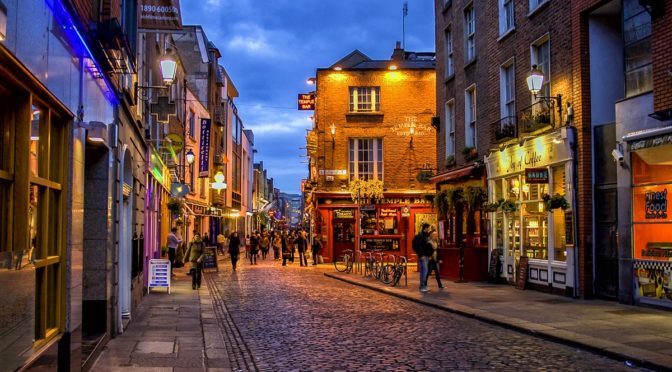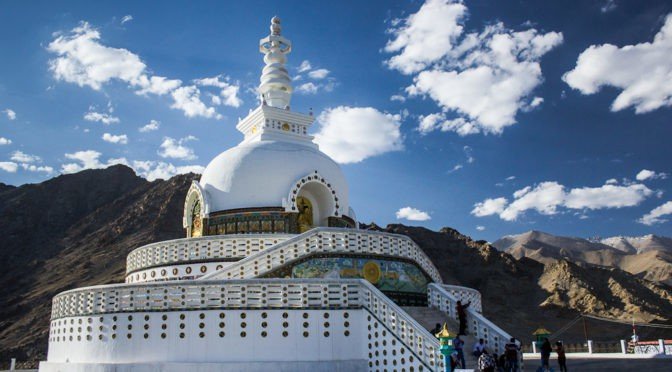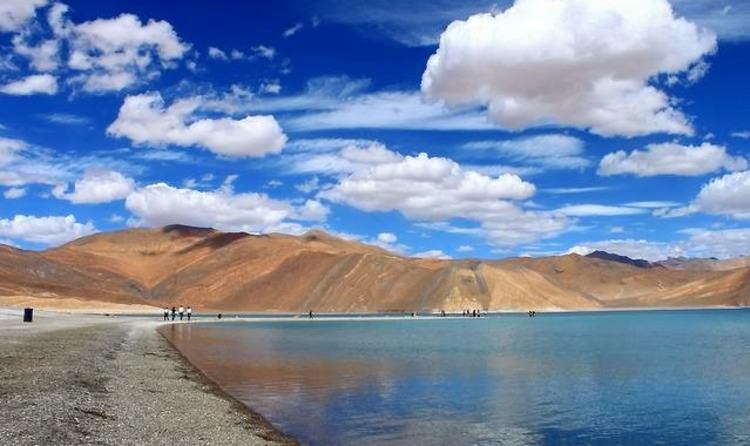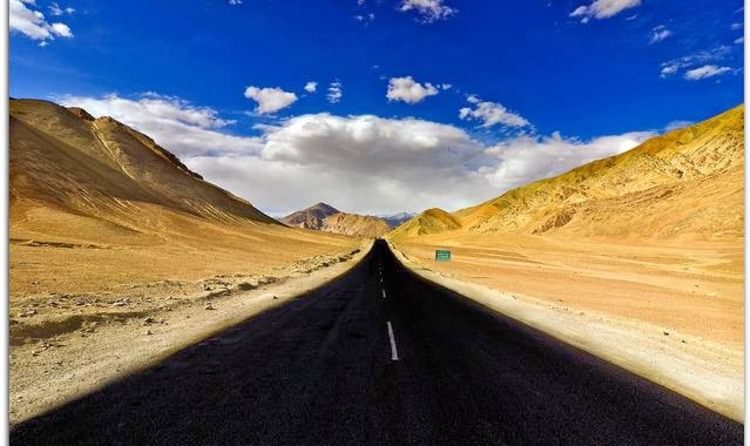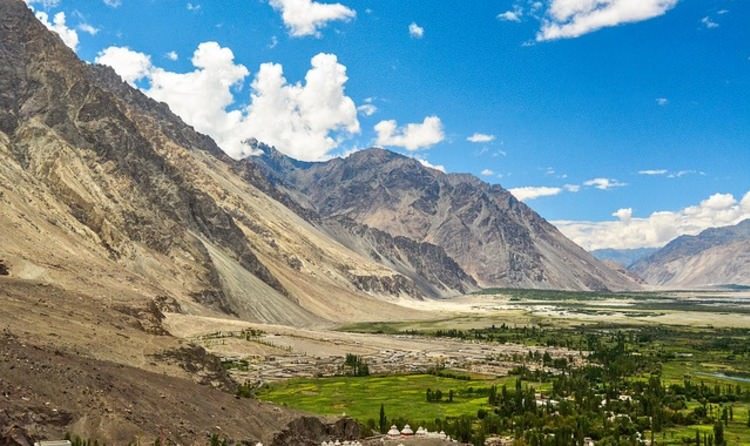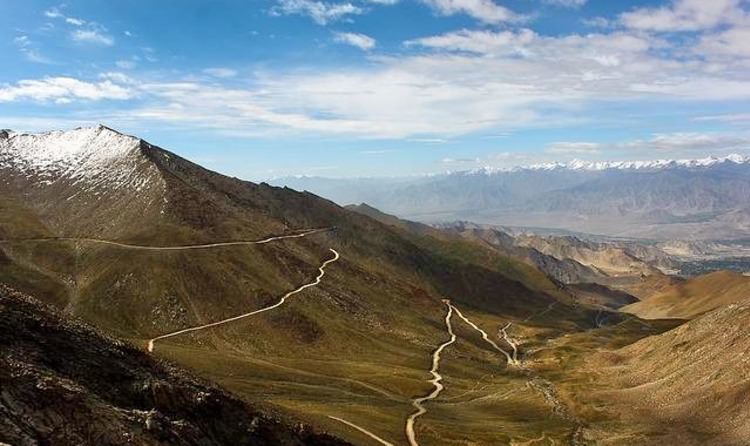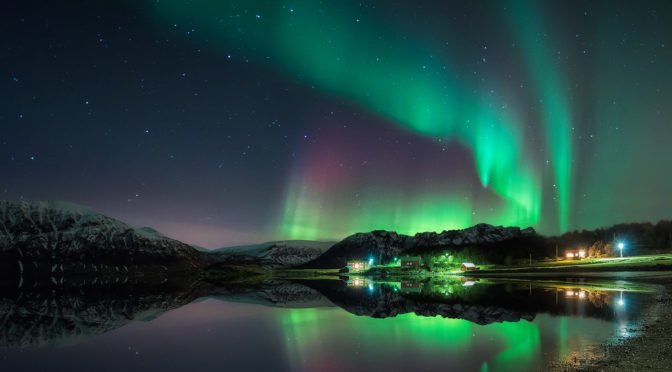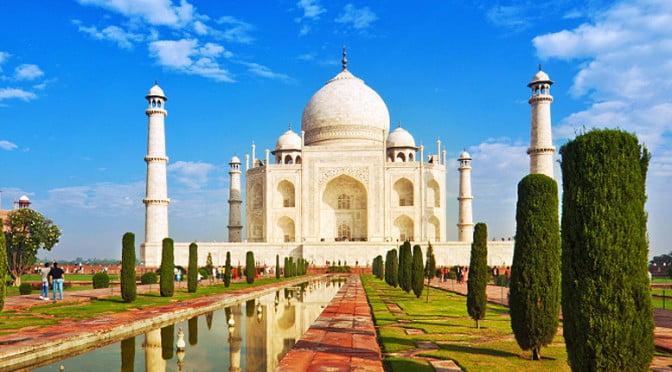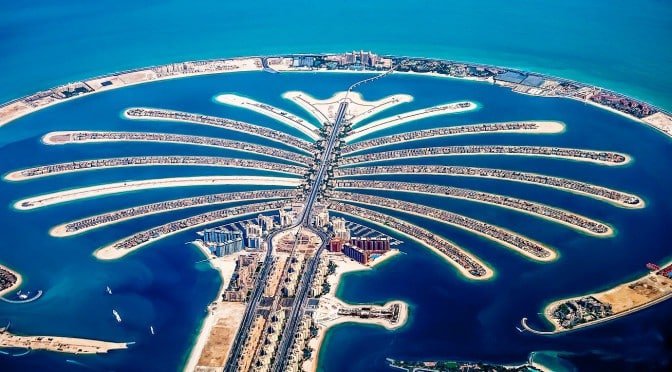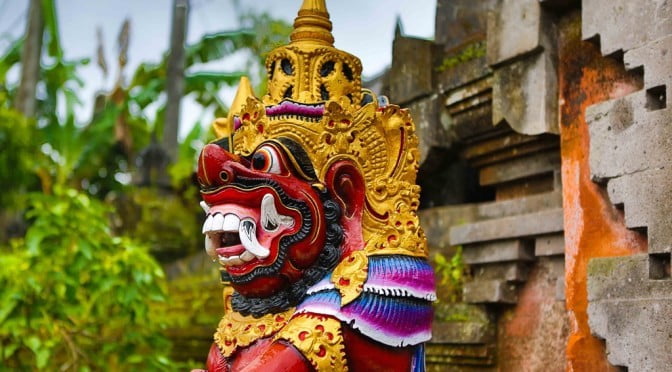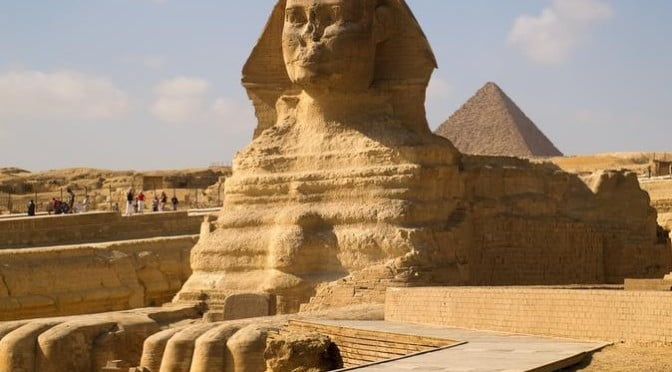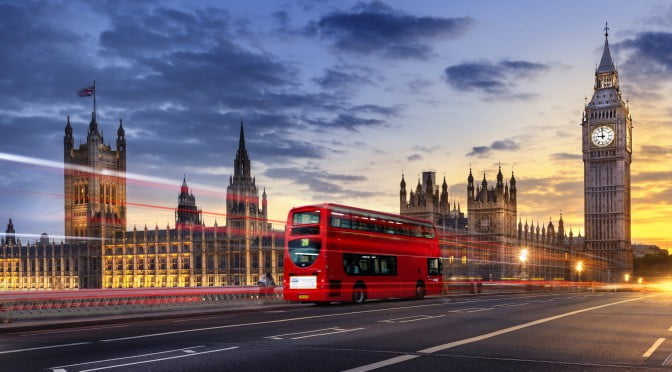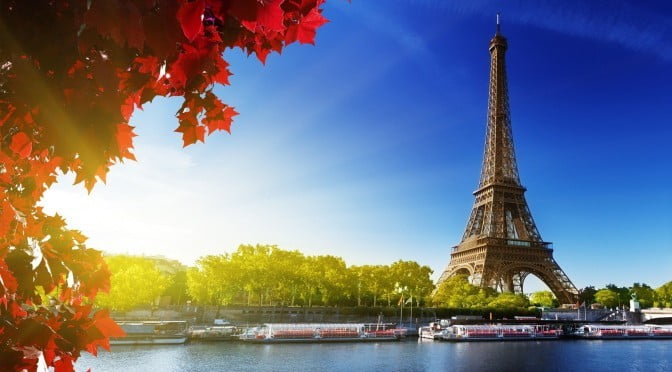A small capital with a huge reputation, Dublin’s mix of heritage and hedonism never disappoints.
“Guiness does not taste as good anywhere as in Ireland”
To experience Dubliners at their most comfortable and convivial, you’ll have to spend some time in a pub. Dublin’s relationship with alcohol is complex and conflicted, but at its very best, a night out in the pub remains the city’s favorite social lubricant and one of the most memorable experiences of a visit to Ireland. Everyone has their favorite pub: for some it’s a never-changing traditional haunt; for others, it’s wherever the beautiful people are currently at. Either way, you’ll have over 1000 to choose from.
All the World is Dublin
Dublin may be a small capital, but its cosmopolitan bonafides have been firmly established. Beyond its impressive collection of museums and galleries, and its choice of food from all four corners of the globe – in both restaurant and market form – this is a city that conspicuously embraces diversity and has been transformed by two decades of multiculturalism. It used to be said that ‘real’ Dubs had to be born within the canals like their parents and grandparents before them: these days, you’re as likely to meet a Dub whose parents were born in Warsaw, Lagos or Beijing.
Layers of History
Dublin’s been in the news since the 9th century, and while traces of its Viking past have been largely washed away, the city is a living museum of its history since then, with medieval castles and cathedrals on display alongside the architectural splendours of its 18th century heyday, when Dublin was the most handsome Georgian city of the British Empire and a fine reflection of the aspirations of its most privileged burghers. How power was wrested from their hands is another story, and you’ll learn that one in its museums and on its walking tours.
Why I Love Dublin
By Fionn Davenport, Writer
More than anything I love Dublin’s intimacy. It’s really just a big capital village, where going for a walk is as much an opportunity for socialising as actually making an arrangement to meet someone. As a travel writer, I’ve always played host to visitors from out of town, which means I get the chance to experience the city with an outsider’s perspective, exploring those corners I often take for granted and discovering new bits to be enthusiastic about.
Personality Goes A Long Way
Even Dubliners will admit that theirs isn’t the most beautiful city in the world, telling you that pretty things are as easy to like as they are to forget…before showing you the showstopper Georgian bits to prove that Dublin has a fine line in sophisticated elegance. Their beloved capital, about which they can be brutally unsentimental, has personality, which is much more important and lasts far longer. Garrulous, amiable and witty, Dubliners at their ease are the greatest hosts of all, a charismatic bunch whose soul and sociability are so compelling and infectious that you mightn’t ever want to leave.
Video Courtesy: Expedia
Review Courtesy: Lonely Planet
Search Music Mania First Crush for more exclusive content that you love.
